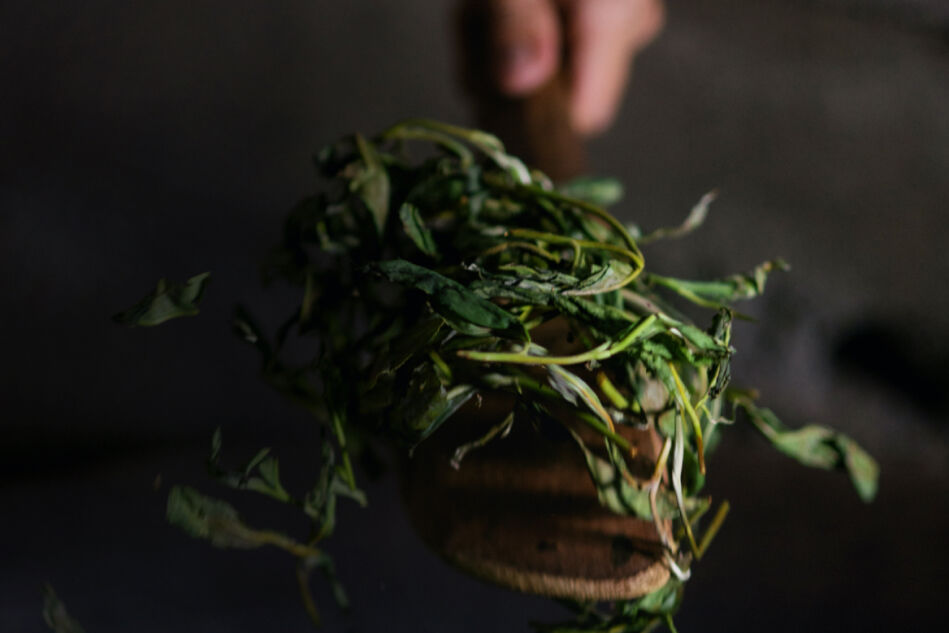A complete sensory experience.
How environment and ambience Influence our sense of taste.
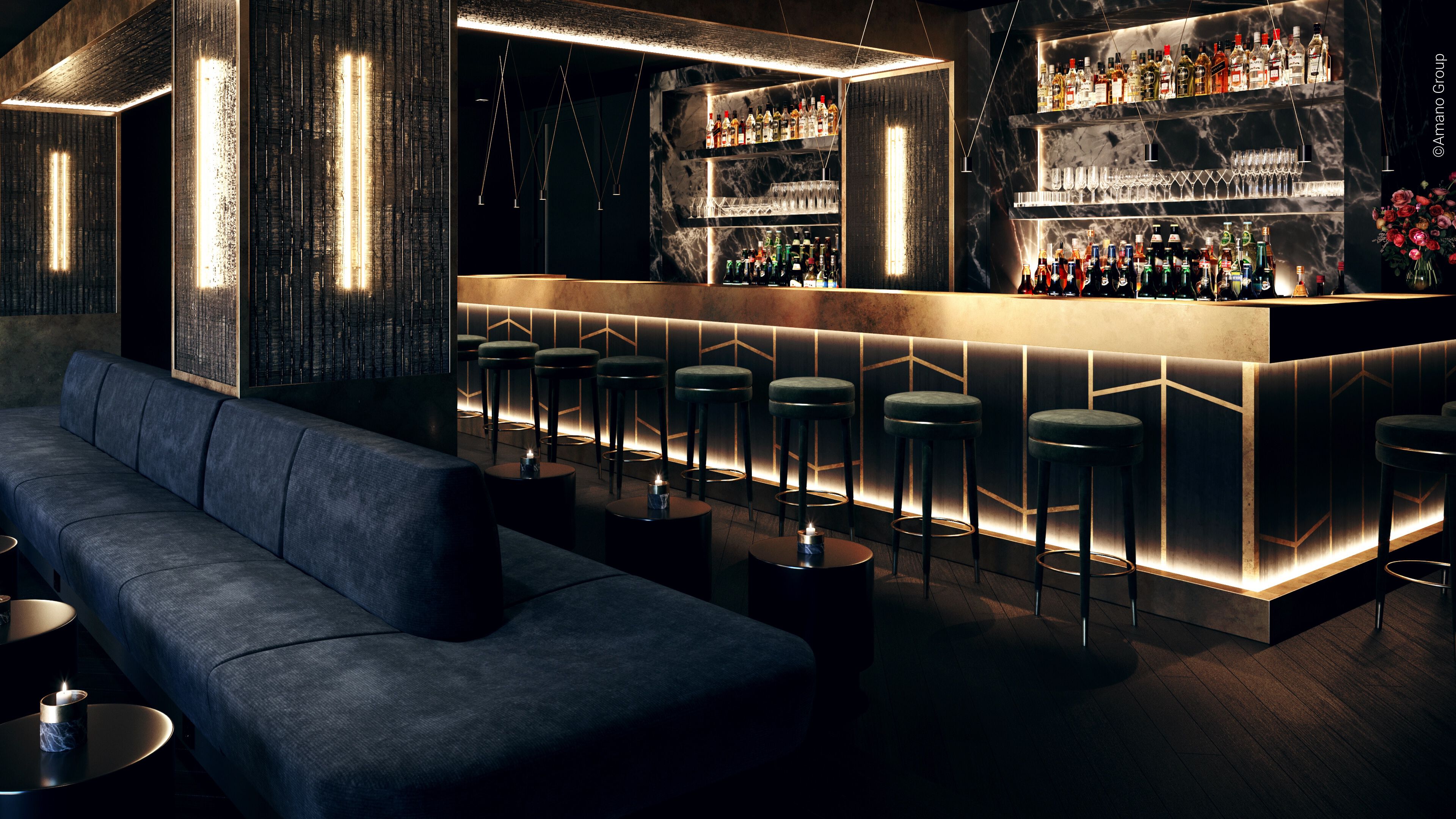
More than 220 times a day - that's how often our thoughts tum to food. ¹This goes beyond conscious considerations like “What should we have for dinner? “. What we eat is primary influenced by unconscious decisions and thought processes. And whether we ultimately like what we eat is not only attributed to obvious factors such as our preferences or the taste of the food.
It goes beyond that - all of our senses play a role. From sight, smell, taste, touch and hearing to the general atmosphere - taste is a complex sensory experience. We explain what's behind it and how we can enhance It.
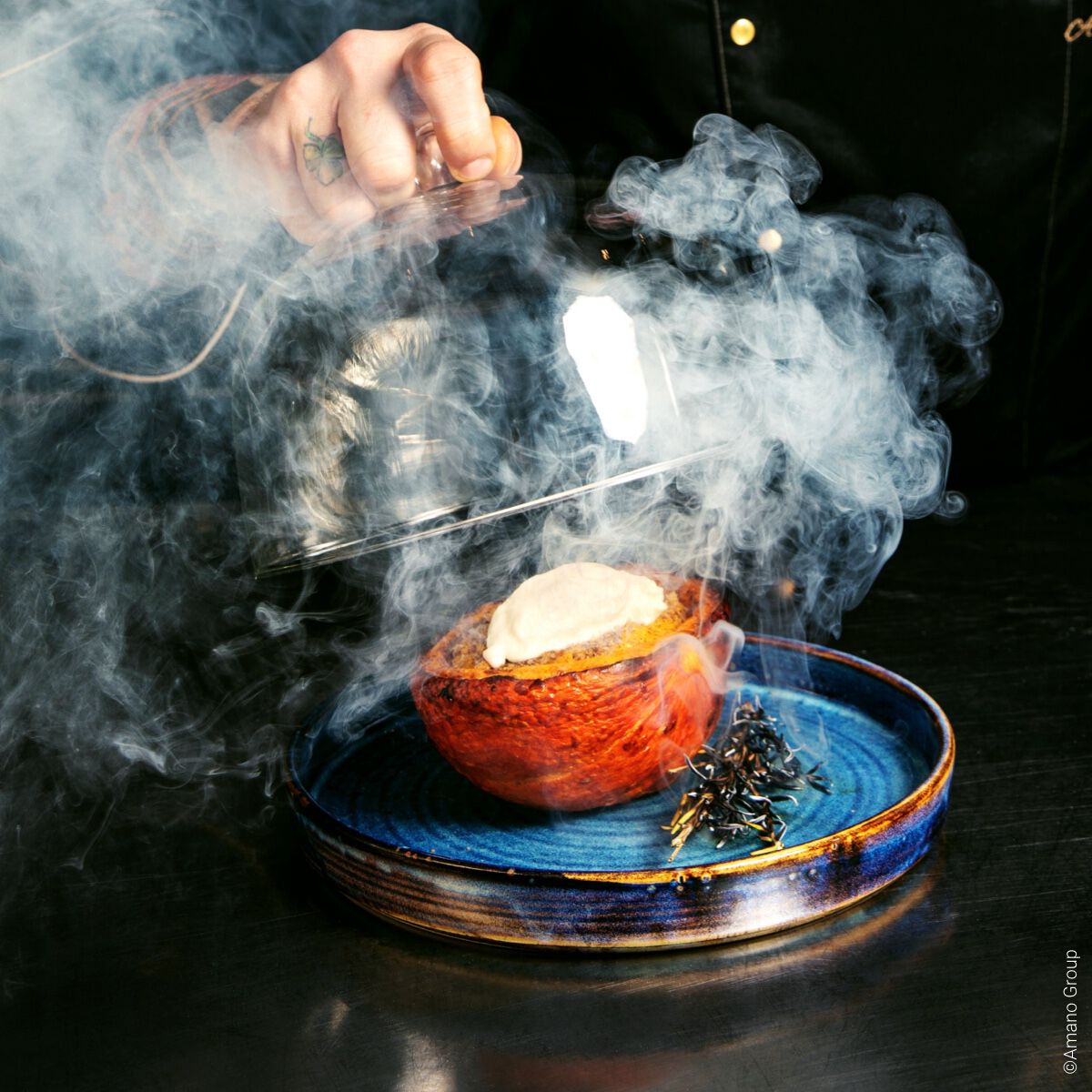
"The pleasures of the table reside in the mind, not in the mouth.” According to Charles Spence, taste plays only a secondary role in eating. For more than 20 years, the experimental psychologist at the University of Oxford has been researching how ambience, our senses and taste perception are connected. His theory is that there is no such thing as a neutral context when we eat. Not only our eyes, but also our ears, nose, memory and imagination are just as involved as our mouth. Spence even created a new scientific discipline - gastrophysics — which he has also described as the ‘new science of eating‘. Restaurants in particular are the perfect experimental environment in which to experience food with all the senses. At Sublimotion in Ibiza, guests not only enjoy award-winning cuisine, but are also treated to a special show. Each dish of the 20- course menu served there is accompanied by wall projections and light and sound effects. Seafood, for example, is served in a simulated underwater world. Its less about artistic expression and more about the emotions, more intense taste and a generally unforgettable dining experience. But you don’t have to fly to Ibiza — you can also enjoy a more intense taste experience at home thanks to the following tricks.
#1 Light it up.
We feel more comfortable in warn, dimmed light - for example, when a candle is lit in a restaurant or on the dining table at home. The cozy (lighting) atmosphere allows us to take more time and enjoy the food more. Cool light, on the other hand, is more suitable for a work context, as it makes us more alert and able to concentrate rather than relax. It's also worth playing around with the color of the light: according to various studies², red wine drunk in red or blue light tastes better or even fruitier than in normal, white light.

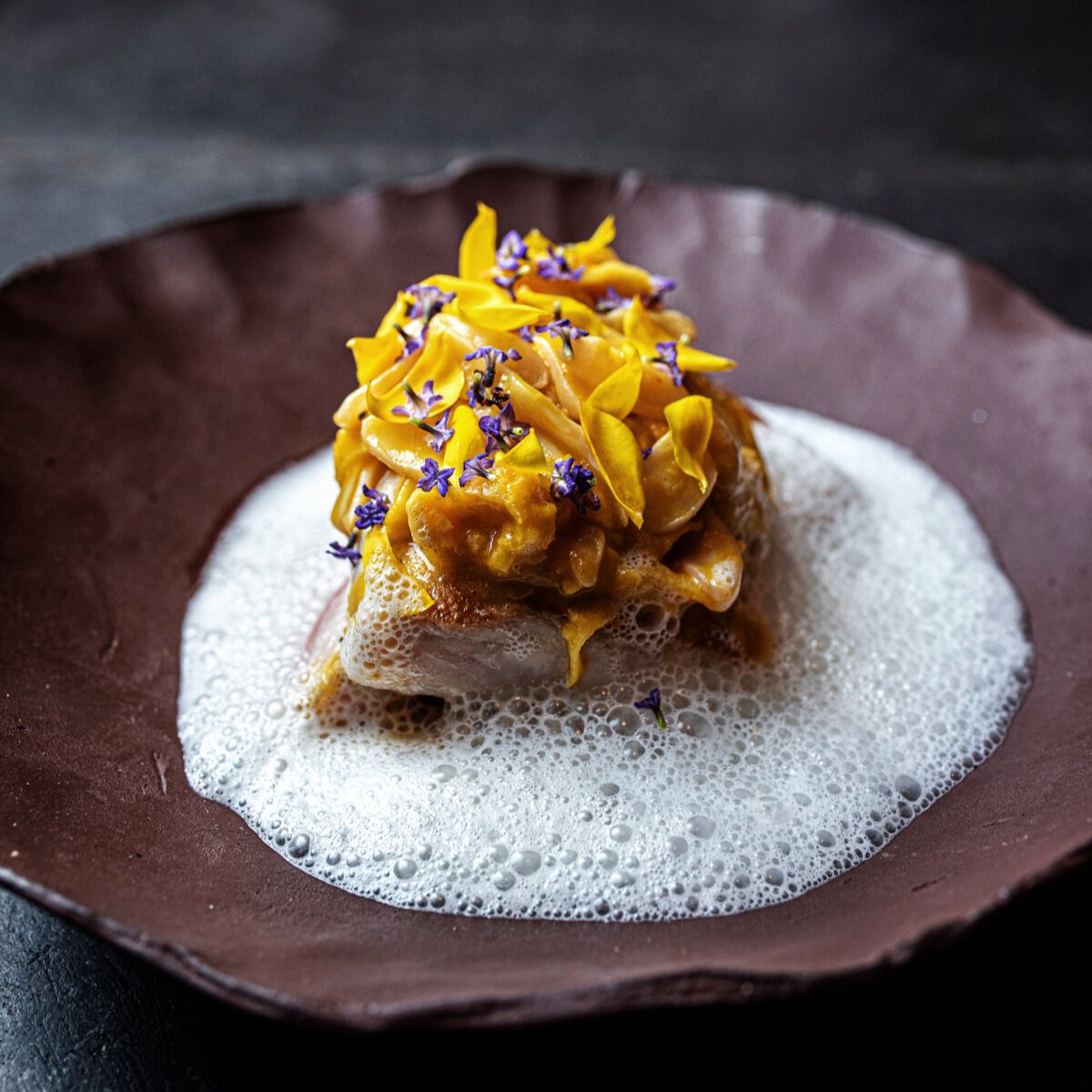
#2 Listen up!
In addition to the right lighting, music can also create a more pleasant ambience. Along with salt and pepper, ’sonic seasoning‘ can also be used to add the appropriate spice to dishes. However, the correct soundtrack is important: we are less able to perceive sweet and salty flavors in a Ioud environment, but with the right Music, we perceive sweet, sour or bitter tastes up to 15 per cent more intensely.
Higher-pitched sounds, for example, mainly enhance sweet flavors, while lower-pitched sounds accentuate bitter tastes. It's less surprising that pasta and other Italian dishes taste best when accompanied by Pavarotti or other classical pieces. Spicy dishes such as chili, on the other hand, should be accompanied by rock music: according to one study, food tasted spicier when rock was playing in the background instead of jazz.
#3 Of colors and contrasts.
In keeping with the adage ‘you eat with your eyes first’, creativity is not only required in the preparation and presentation of the food on the plate, but also in the design of the table. A harmonious interplay of the colors of the food and place setting Is an easy way to enhance the taste experience.
According to one study, desserts that had a strong color were also perceived as having a stronger taste. When it comes to plate color, the emphasis should therefore be on contrasts, because if plates are the same color as the food, the food appears paler and may even taste more insipid. There’s also a whole host of recommendations on which food should be combined with which plate color. Shades of green, for example, make dishes taste less salty and go well with dishes in the contrasting colors of yellow or orange — such as an Indian cum. Red tones, on the other hand, can make dishes taste sweeter, which is why red tableware is perfect for desserts. But watch out: red tableware may also reduce our appetite, as the color of danger signals stop’ to our brain.
It's not just for food — color intensity also plays a role in the world of tea: strong, aromatic varieties such as STRONG ASSAM are also characterized by a darker color than PREMIUM DARJEELUNG, for example — the latter has a milder taste and is correspondingly more delicate in appearance. Sometimes, simply using heavy cutlery is enough to upgrade the taste of home-cooked food. This automatically makes you feel like you're in an expensive restaurant, which Is also reflected in the taste experience. Why is this? Our entire lives are shaped by expectations. Based on our past experiences, the brain constantly develops assumptions about the future. And it's the same with food: long before we taste the first bite, were already thinking about how a dish will taste. The ambience, for example, acts as a point of reference: from background music to cutlery and lighting — all of our impressions and the expectations associated with them ultimately influence our sensory perception of the meal.
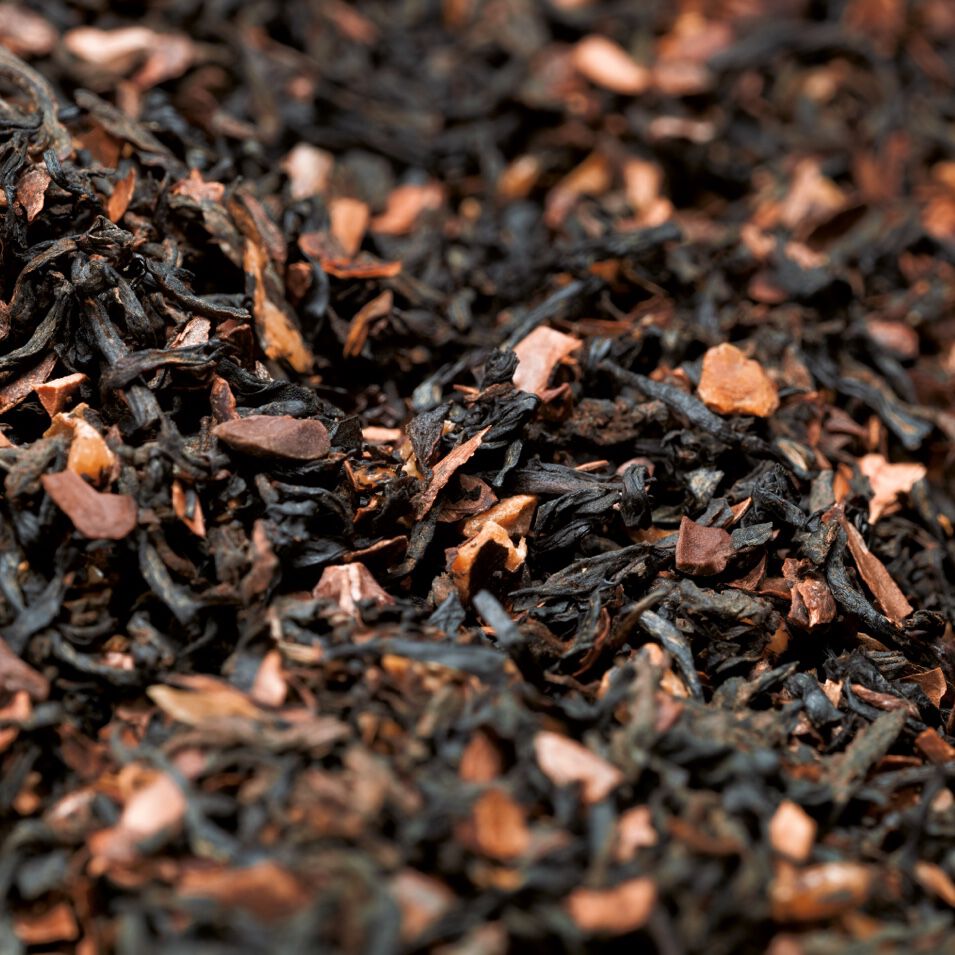
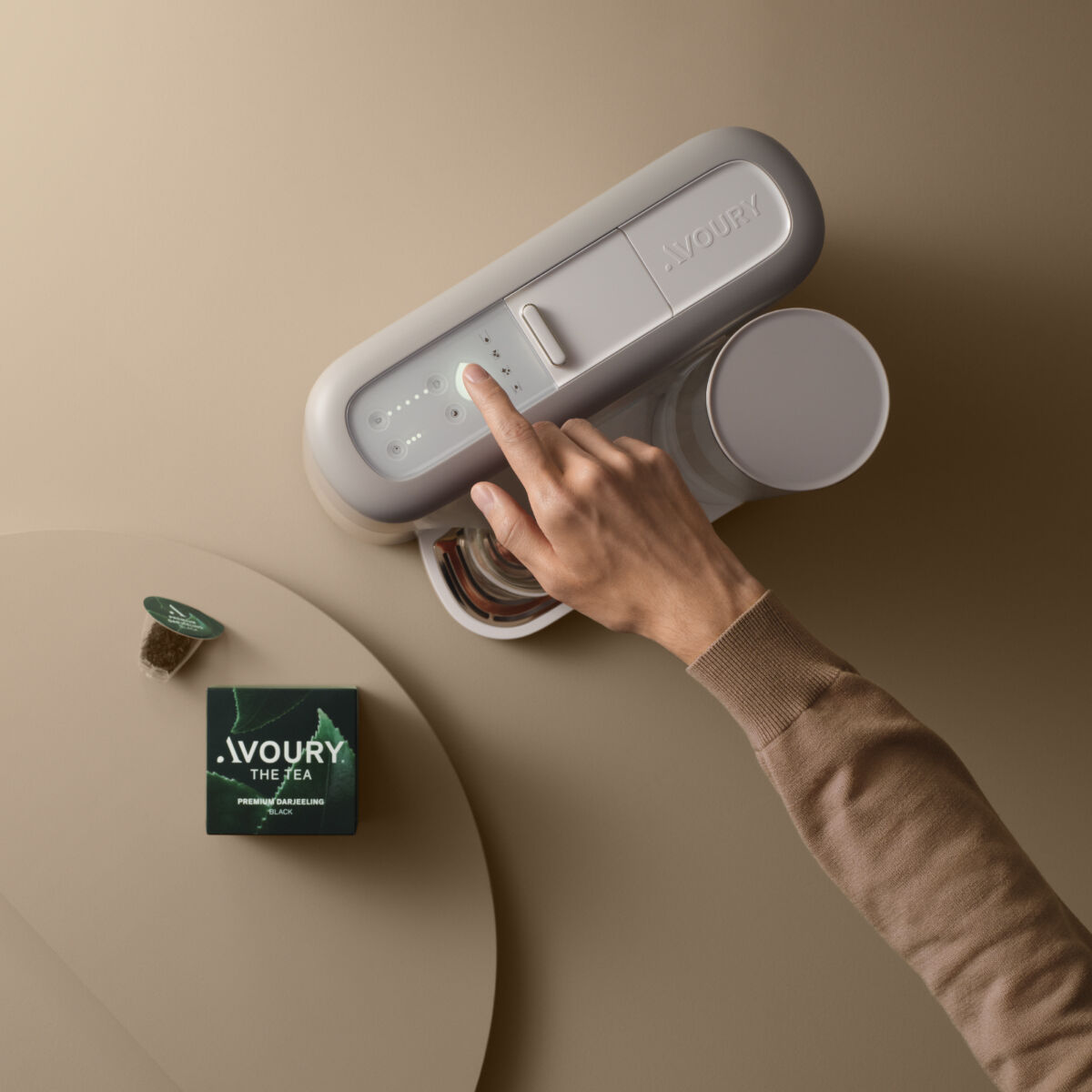
#4 Perfect tea shouldn’t be rushed ...
Whether eating food or drinking tea, you should take time to discover the taste in all its facets. Because as tea lovers know, time plays a crucial role when it comes not only to deciding when to partake or the perfect brewing time, but especially to the moment of enjoyment.
This involves concentrating, quiet and conscious, on each of the individual senses in tum. First things first open your eyes. It's worth taking a close look in the cup, as even the color reveals something about the taste. Lighter colored teas, Such as PEARLS OF JASMINE, tend to taste lighter and fresher, while teas such as DARK CHOC with more intense hues indicate a fuller, richer flavor.
Next step: smell it! Does the tea smell grassy, Woody, sweet, floral, spicy or fruity? You can tell how strong the influence of the smell really is by drinking a particularly aromatic tea with your nose closed for a change. Because when you smell less, you also taste less. Last, but definitely not least: time to taste the tea. While the tea and Its aroma slowly develop in the mouth, comparisons can be made. Does the taste correspond to the first Impression conveyed by the scent of the tea? How does the tea feel in the mouth? Which subtle flavors stand out and does the taste even change? While the first sip of PEARLS OF JASMINE, for example, tastes fresh more than anything else, the typical, flowery jasmine aroma only develops over time. As the saying goes, great things take time.
Primary sources:
¹ Wansink, B. & Sobal, J. (2007). Mindless eating: The 200 daily food decisions we overlook. Environment and Behavior 39 (1), 106-123
² Oberfeld, D., Hecht, H., Allendorf, U. & Wickelmaier, FE. (2009). Ambient lighting modifies the flavor of wine, Journal of Sensory Studies, 24(6), 797-832.
Spence, ©. Velasco, 0. & Knoeferle, K. (2014). A large sample study on the influence ft he multisensory environment on the wine drinking experience. Flavor, 301), 1-12.
More articles
More articles
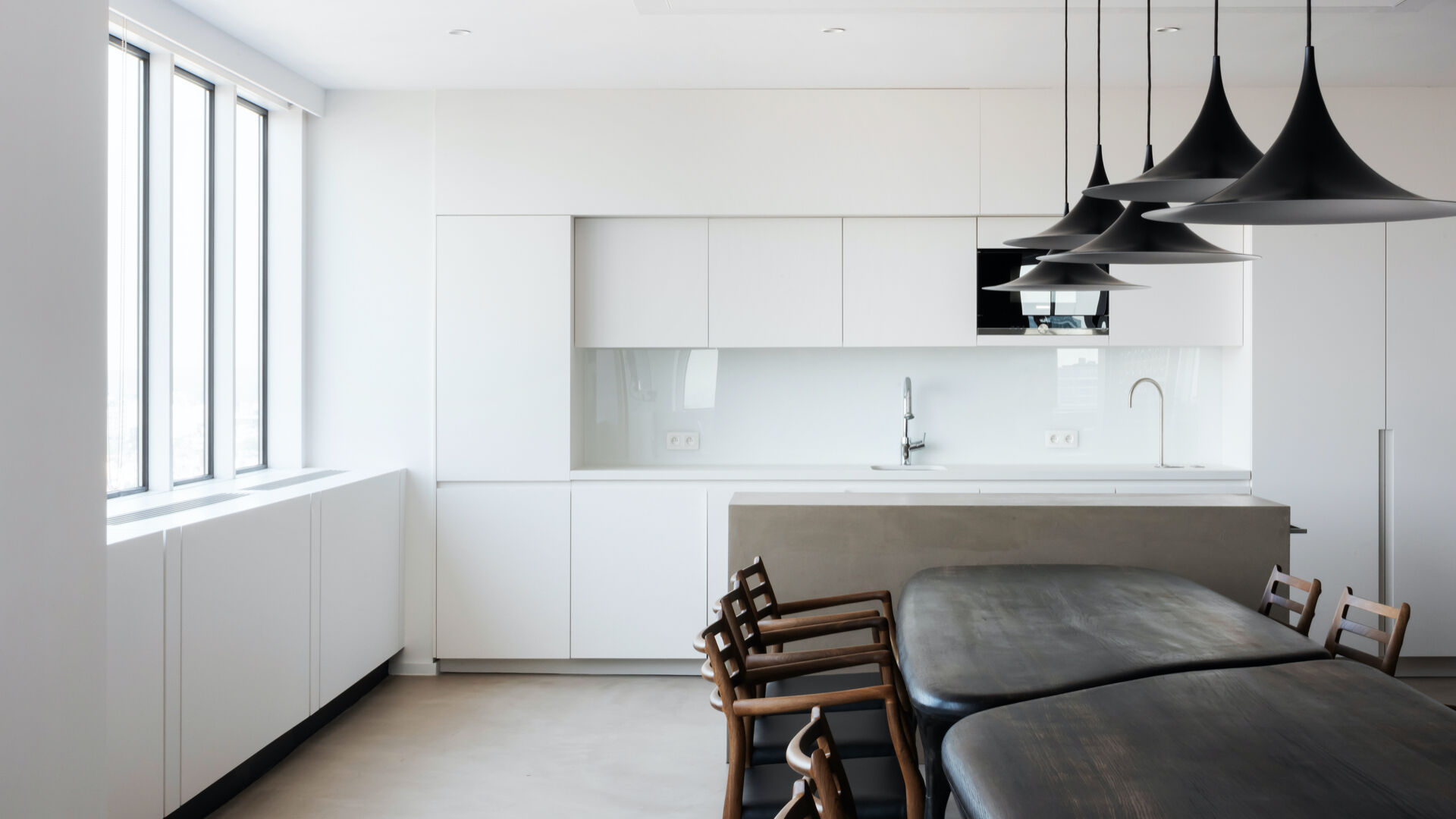
Not less, but better.
Sharpening one's own awareness. Recognizing what one really needs. Giving things new appreciation. That's what minimalism is about. Following the motto 'less is more', more and more people are embracing the desire for clarity and order – even in the design of their homes.

Should we always follow our nose?
23,000 times – that´s how many breaths we take on average per day. And that means a multitude off different scents float in through our nose evoking a wide variety of reactions in us. In this article we´ll explain the psychological reasons behind this and why we should let our noses discover new things more often.
